Does Public Banking Work? – Ellen Brown
With the power of the financial sector overwhelming politics and the economy, are publicly owned banks the answer? Ellen Brown joins Paul Jay on theAnalysis.news podcast.
Transcript
Paul Jay
Hi, I’m Paul Jay, and welcome to the Analysis DOT News podcast. The current pandemic crisis has clearly shown that the finance sector, the big banks, investment firms, and money management, institutional investors, like BlackRock and Vanguard in such times of crisis, either caused by this pandemic or created by their speculative frenzy, are not capable of surviving without government intervention and trillions of dollars of virtually no-cost loans. To paraphrase Franklin Roosevelt, bankers get a return on their investment, a profit because they take risks. If there’s no real risk because the public keeps saving them whenever their risk doesn’t pay off, then why do they get a profit? And then why shouldn’t the public own finance? Ellen Brown is an American author, attorney, public speaker, and advocate of financial reform, most prominently public banking. She’s the founder and president of the Public Banking Institute, a nonpartisan think tank devoted to the creation of publicly run banks. Thanks for joining us, Ellen.
Ellen Brown
Thanks Paul. It’s great to talk to you.
Paul Jay
So I’d like to break this discussion into two or three different kinds of assumptions. There’s public banking within the current political economic system, Capitalism, as we know, or at least as we knew it, because who knows exactly what it is. Once this Covid crisis plays itself out, at any rate, I’m talking about, for example, the public bank owned in North Dakota. There are public banks in Germany and other places. I want to explore the existing models of public banking to start with. Then I want to talk about if there was really a progressive government federally or at a state level, maybe even at a city level. But I think that’s harder to do. But if you really had a progressive controlled government at a federal or a state level that really wanted to develop public banking, what might that look like? But we’ll get to that in the second part. So let’s talk about first what exists, and deal with sort of the normal arguments that are against public banking, which is it’s not as efficient without that competitive, profit driven motive, public banks simply won’t make rational loans and that could be misused by government and so on and so on. So what exists and what’s the actual record?
Ellen Brown
First of all, it’s a myth that public banks are not efficient. They’re actually more efficient. Studies have shown this. We have Germany is probably the leader among European public bank systems. Say half of their banking assets are publicly owned and these are the Sparkassen banks. And so that’s one model where they service the local community and they are regular local commercial banks. In China, 80 percent of financial assets in China are publicly owned by the government. But that’s more of a top down system. So you have the big banks, the infrastructure banks are owned by the government. And the key to all this is that banks actually create the money they lend. And so what the big banks, the big Chinese infrastructure banks do is they create money on their books. So the government borrows money created on the books and the banks build stuff and then pays the loan back with the profits of the loan. And that’s the same thing Roosevelt did during the 1930s. But he did it with the Reconstruction Finance Corporation, which wasn’t technically a bank, but it acted like a bank. And it was the largest financial institution in the world for 25 years, operated very efficiently and of course, was shut down under a Republican administration that didn’t like that. The bankers were against that all along. Of course, they didn’t like the competition. But as you point out, it was only because the government stepped in during the 1930s. We, the people saved the banks with FDIC insurance that they survived at all because everybody was pulling their deposits out of the banks because they didn’t trust the banks, because they were collapsing and they were putting their money into our public banking system, which was the postal banking system. We had a very strong, very vibrant, and very successful postal banking system from 1911 to 1967, and it, too, was shut down. Well, first of all, it was carefully circumscribed by-laws that prevented it from really competing with the commercial banks. And so finally, they didn’t need it anymore. And so the Republicans are there. And, yeah, it was a Republican administration said, that that was sort of an emergency thing and we didn’t need it anymore. And so they shut it down. But in fact, if you track these banks over many years, the public banks actually do better than the private banks. Private banks may look like they’re being profitable. But then all of a sudden they crash. They collapse, as we saw in 2008, for example. So your profits, your bank overall is more stable as a public bank. Plus, public banks do many. They’re not trying to make a profit. Although we have the Bank of North Dakota, which is not trying to make a profit. And according to The Wall Street Journal, in 2014, the Bank of North Dakota is actually more profitable than JP Morgan Chase and Goldman Sachs. And this is because of their banking model. They’ve cut out all the middlemen.
Paul Jay
When when you say more profitable, you mean based on return on the amount of money they have. Obviously, Goldman and the others have way more money. So the absolute profits are far higher.
Ellen Brown
Yeah. The return on equity was higher. It was like 18 percent on average, which is great. Or I think when that was written and they continue year after year to report record profits, even though the state itself, you know, is an oil state. Oil has collapsed there since 2014. And still the Bank of North Dakota every year has record profits. So it’s doing very well. And it’s not all about oil, as that article actually suggested.
Paul Jay
Well, what social good does the Bank of North Dakota do other than making loans to smaller banks and such? But couldn’t Wall Street do it the same way? I mean, what did they do differently because they’re public?
Ellen Brown
Well, for one thing, they lend countercyclically. So when the private banks are pulling back, as they did in 2008, and they don’t trust the market, they don’t trust each other. They don’t have good borrowers or whatever. The public banks lend more. And there are charts that show that the public banks step in and fill in those gaps. And that China, for example, did very well after 2008. And the reason why is because of their public banks where they just pumped credit out there and built all sorts of things. And that’s what FDR did during the 1930s as well. Just pumped credit out and funded every sort of they were called self-funding loans, anything that would pay back like a railroad or a farm or a dam or things that were productive. So that’s what they do. And so the Bank of North Dakota partners with the local banks. The Bank of North Dakota model is that they’re more like a bankers bank. They help with liquidity. They help with capitalization. They help with regulations so that it’s the local bank that’s the front office and gets the customer. And then if the customer, if it’s a big loan that the local bank wouldn’t be able to take by itself, the Bank of North Dakota will come in and buy down 90 percent of the loans. So they’ll hold a big portion of the loan, but the local bank still gets to keep the customer. And they service the loan. And then that allows the local bank to make more and more loans, of course, because they can. They don’t have to worry about capital requirements because they’re on funding a small portion of each of those loans. So it’s a great partnership. The local banks endorse the Bank of North Dakota. They like it very much and they all work together and they say service. They particularly focus on three sectors of the economy, which are, you know, North Dakota is. So that’s energy, agriculture, and student loans they made. They were the first to make student loans. I think in the 1960s. Now they’re scaling back on that because the government, the federal government has taken over. But they’ve always, making below-market loans. And so it’s good for the local economy. It’s good for the tax base. It stimulates everything. And it’s just the recycling of their own money. The Bank of North Dakota was set up in 1919 when the North Dakotans were going through their own depression and they were farmers. The farmers were losing their farms, to big out-of-state banks. And so they wanted to keep their money in the state to serve themselves. So they set up their own bank. The non-profit, sorry, the nonpartisan league was promoting this idea. Originally, it was actually a socialist engine, but they couldn’t persuade these Swedish and Norwegian farmers to join any kind of socialist movement. So they renamed it the nonpartisan league. I mean, I’m sort of glossing over. That’s a more detailed story than that. But anyway, they were the nonpartisan league. By the time they actually won an election and got this bank in place, and they also set up a state-owned grainery, which is still there. At the time, there was a cartel between the railroad, the grainery, and the banks. And so the farmers couldn’t escape that out-of-state cartel. They just set up their own and it’s worked very well for them.
Paul Jay
So why hasn’t this model caught on? I mean, everything I’ve read about the North Dakota Public Bank is mostly positive. Even if there was a study in Massachusetts looking at whether Massachusetts should follow the North Dakota model, and while the study, I thought was pretty flimsy, they really didn’t have anything very negative to say about the North Dakota model. Why hasn’t this caught on more?
Ellen Brown
Well, my feeling is that they purposely kept a low profile. I only heard that when I started writing about the Bank of North Dakota after 2008 because I saw that they were the only state that I knew. They were the only state that had their own bank. So I was watching it. And it turned out first, there are four states that were still in the black and then there were three and then there was only one state that never went in the red. And that was North Dakota. So I started studying it and writing about it. But I only knew that because I had gone to a monetary reform conference and somebody told me that privately. I mean, it wasn’t like big news all over the place that we have one public bank. Nobody had ever heard of it. I hadn’t heard of it until I really started to research it. So I think they purposely they’re up there in the north and kind of out of the way. And I think they purposely kept a low profile. Our public postal system did very well until the bankers got all over it and finally managed to kill it. And that’s what they’re doing to the post office in general right now. We think we’ve got one of our many campaigns is to try to get the postal banks operating again, which would make a lot of money for the post office. But anyway, once it becomes a public opponent, then you’ve got the opposition all over you. And I think that’s what happened.
Paul Jay
In that Massachusetts study, which if people look at that study, it’s set out to discredit the idea that Massachusetts should have a public bank. But one of the things they raise is how would a state ever get the capital to start a bank now? But you have a proposal how in these conditions there actually might be a way to do that. So let’s talk about that.
Ellen Brown
Yeah. Well, what’s quite interesting is that the Federal Reserve, in order to save the banks, as usual, has now thrown open its discount window to all banks in good standing at zero point two five percent. So they’re lending virtually for free. They’ve eliminated the reserve requirement. And they’ve gotten quite flexible on the capital requirement. They’ve said if you need to use some of your capital, don’t worry. And right now, I guess Rashida Tlaib is they’re doing Cares Act, Two, and they’re attempting to get more money for the states. And one thing that, Representative Tlaib is putting in there is or trying to put in there is that we can use some of that money to capitalize a state-owned bank. So that’s a possibility. And then if the states need that money, it doesn’t seem to matter. That’s what the Federal Reserve said. Don’t worry if you have to use some of your capital, but the beauty of using your money as capital for a bank is then you can lend ten times as much. So if you were making three percent on your loans and you took that use that money as capital, you could then make 30 percent less class, of course. But anyway, you can make quite a bit more than you would have been making if you just have a loan fund. You know, you lend it out wait for it to come back, lend it again. If you use it for capital you can lend ten times as much. You need the deposits, or you used to need the deposits. But now because the Fed has said, don’t worry about your reserve requirement and borrow from us, you can go right to the Fed and borrow that money. And the reason the Fed did that, I mean, theoretically, it was to help banks lend, you know, because of the virus. But it’s they were the banks were in trouble ever since last September because of the repro market funding shot up to the interest rate, shot up to ten percent after two thousand eight. That used to be the banks borrowed from each other and the Fed funds market. And then after 2008, they were afraid to borrow from each other because they didn’t trust each other, so they turned to the repro market and then.
Paul Jay
Explain what the repo market is?
Ellen Brown
OK, so the difference between the Fed funds, one difference is in the repro market, it’s basically a big pawnshop. So you put up some security. But the security is something like it’s got to be something very safe and so something, like federal securities. You can take your deposits, buy federal securities with them, post them overnight for a repro loan. But technically, it’s called sale and repossession. So technically, you have sold your securities and then you get them back in the morning. You pay a little interest for the money you got on top of that for the sale. So you’ve got two parties that own this security at the same time. One owns it at night and the other one owns it during the day. And the lender or the borrower who is actually technically the seller gets to keep the security on its books. The bank, the borrowing bank gets to keep that security on its books. It looks like it’s got all these federal securities on its books. It’s got plenty of collateral for its deposits. But in fact, it has lent there. It has sold that overnight and then borrowed it back. It’s all very fluffy or very. Somebody described it as cotton candy. It’s just there’s nothing really there. It’s sort of credit built on credit, built on credit. And that was the problem. The hedge funds got in the repro market and they’ve sort of taken over the repro market. So the big lenders, which would be like the money market funds, didn’t want to lend to the hedge funds. So they pulled out in September and the interest rate shot up to ten percent. So banks can’t make any money if they have to spend ten percent for their, I mean it is really a substitute for their deposits. They should be. People think they’re lending their deposits, but they’re really not. Anyway, they have to pay a lot for their liquidity. And so the Federal Reserve had to step in because the banks are their constituency. And they kept having to do you know, they’ve been propping up the repro market ever since. And so I think they finally decided, well, we’ll just let everybody buy it. Borrow it. You know, let the banks borrow at our discount window at zero point two five percent. And that will get rid of the hedge funds because they can’t borrow at the discount window. So really, the bottom line is that we only have one reliable credit source in the country, and that is the Federal Reserve, which is us. We the people are backing this credit. This, you know, the full faith and credit of the United States is what backs the Federal Reserve. And yet it totally discriminates against we the people. And as you pointed out with what Roosevelt said, if the banks are always going to be rescued and still they’re charging twenty one percent on credit cards. They didn’t give us a break just because they got all these great breaks. Unlike Canada, which actually cut their reduce their rates by half, reduce the credit card rates eleven percent. Apparently, it wasn’t a regulation. It was just that, you know, it’s sort of you give the borrowers a break or we’re going to regulate. You know, we’ll make you do it. So they did it, cut the interest rate in half and the U.S. banks could have done that. But of course, they don’t because their business model is to make as much money as they can. So if nobody tells when they have to do it, they’re not going to do it. So that’s the difference. If you had a public system, they would be there to serve the public. And now that’s the difference. That’s the mandate. And that’s what they do in North Dakota.
Paul Jay
All right, imagine this on a big scale. So here’s an unlikely scenario in the short term. On the other hand, a vision like this is necessary I think. If there actually was a progressive federal government program, a progressive president, progressive control of Congress, and in a real-world, meaning you’re still dealing with massive financial institutions that are going to hate anything to do with public funding. What do you do? What are the steps towards establishing public banking on a scale that would break some of the political power of finance? Because it’s not just about how much money they make on credit cards and such, which is an issue, of course, but it’s also the political power because there’s so much concentrated wealth in the hands of finance. They wind up controlling most of the politics.
Ellen Brown
Yeah, totally. Well, and that’s a serious problem because right now we have BlackRock. I mean, that’s a whole different issue. But the Treasury and the Fed have now partnered, so we no longer have an independent Fed. So theoretically, that’s got potential. But really what we’ve got is a fascist state, pretty much. I mean, it’s a corporate-run, corporate banker run state. And BlackRock is the world’s largest asset manager. I think they grab fifteen trillion dollars or something like that under management. And they, BlackRock is distributing determining who gets the money out of this. Well, it’s all this fifteen special purpose vehicles that were set up by the Treasury. So the Treasury, we, the people are putting out for under fifty-four billion dollars as capital.
And then that will allow borrowings at the rate of four trillion, four and a half trillion from the Fed. You know, at ten to one leverage. So they will be buying all sorts of assets. But there are corporate assets and it’s all serving the big corporations. They can buy bonds. They are municipal bonds. It’s set up one municipal facility, the Municipal Liquidity Facility. But they haven’t bought any bonds. And when they do, the deal is that the states get a penalty rate. So it’s going to be the market rate plus the penalty rate. Well, that means their bond ratings are going to go down because it looks like they had no alternative but to go to the Fed. And it also means they’re getting penalized as if it was the state’s own fault that they need some money, unlike all these corporations that are not being penalized. And they get much longer loans. I think they’re thirty, thirty-year loans that are allowed for the corporations, and it’s only three-year loans allowed for the states.
So we the people are always getting the short end of the stick. But they’ve got the money, and therefore, they run Congress and they’re running this special purpose vehicle situation. So it is very difficult to figure out how we’re going to get in there. We need a massive grassroots movement and people just so disgusted that we over through, you know, overhaul the system. We need good people based populist government. And how we’re going to get that, I’m not sure. Politics is not really my area. It’s more like banking.
Paul Jay
Well, let’s say we had it, which is I know it ain’t easy, but let’s say there is such a thing. What does it do? What are the first steps in creating that kind of bubble? A public bank. Well, what do they buy? Banks. Do they nationalize? Do they create something from the beginning? What do they do?
Ellen Brown
Actually, that’s who we’re talking about, is buying a bank. In California, there’s a network of cities that manage to get a bill passed last year for setting out the requirements for a charter for a city owned bank, a publicly owned bank. And but the legislature was considering it sort of a pilot project so they could they said we can only have two banks a year for the next seven years for a maximum of ten banks.
Ellen Brown
So the cities are competing to be the first. And the Oakland group, I know are there considering buying a bank. I think there’s one for thirteen million dollars available in that area. So then the advantage of it buying a bank is you’ve already got FDIC insurance and you’ve already got, some infrastructure. And so that theoretically would speed up the process. And under the current circumstances, where we have an emergency, it seems to me, I have written, we think maybe we’re hoping to persuade the governors that they have the power to do an Executive Order saying we need a bank now. You know, we’re gonna set one up here and then they could fast track it through. I mean, if they can fast track a vaccine through, it’s supposed to take years to test and somehow they think they can come up with a safe vaccine in six months or whatever and force us all to take it. They can surely, the govenor can fast track a bank.
Paul Jay
So imagine you’re actually constructing a policy for this progressive federal government. What do you do? What do you create something new? Do you know, take over Goldman? Do you, let’s say, you know, you’re back into another crisis where the banks are absolutely dependent on federal money to survive. A lot of people said in the 07/08 crisis, even people like George Soros was saying Obama should have nationalized some of the banks at that time. Now, he thought they should be done and then handed back to the private sector. But an alternative is to take over some of these banks at these times of crisis, but don’t hand them back to the private sector.
Ellen Brown
Right. And I wrote about that and other people wrote about that, that the next time no more bailouts. That we should nationalize the banks the next time they fail. But here’s the problem. They have failed and the Federal Reserve stepped in and saved them. How do we stop that? And there was nobody voted on it. Nobody gave them permission. It’s really not even in the Federal Reserve Act. They’re not really allowed to do that. But they did it. And nobody stops them. So we’re sort of stuck. But ideally, if we were to set up a system that served the people, you can see that they’ve got their own credit system and they the bankers have control of it.
Ellen Brown
Rashida Tlaib, who I know is quite out there and probably I mean, probably did get this measure passed, but she’s got a bill for a two trillion dollar coin. That was actually my idea in 2007. I hadn’t weathered that. A trillion-dollar coin. So her bill says that we could issue through the Treasury a two trillion dollar coin. It’s constitutional. We’ve gotten no official statement that this is constitutional, that the Constitution says Congress shall have the power to coin money and regulate the value they’re up. And it doesn’t say anything, obviously, about the Federal Reserve. It doesn’t say that Congress has the power to delegate that power. Doesn’t say who has the power to print paper money. That’s a long story that is why they left that out. But anyway, coin and coin money at that time apparently was translated to mean issue money in any form. So Congress could issue two trillion dollars. And in her bill, she’s saying that we should do a universal basic income. So we do. I think her bill said a thousand dollars a month or maybe twelve hundred dollars a month for the next year. You know, while we’re in this emergency and then we’ll see how it goes. And I’ve written and that this would not be inflationary. Everybody thinks it would, but it wouldn’t because we have a shrinking money supply. We have a deflating money supply because of the way our money is created. And so you would just be filling that gap and you need to fill that gap over and over and over. I could explain that it’s kind of wonky.
Paul Jay
They certainly don’t seem to be very concerned about inflation now. They’re creating trillions of dollars in a matter of weeks. And they’re all saying inflation is the least of their worries.
Ellen Brown
Right. And so they can’t argue against our doing it. But they have. I saw objections to her bill saying these progressives just don’t know what they’re talking about, increasing the monetary base. They don’t know what the effect of that is. It’ll be a disaster. But what is the Fed doing right now? Exactly that theoretically, quantitative easing is reversible. You know, it’s a loan and then they can or the Federal Reserve buys government bonds and then they can sell them back into the market when they want to reverse it. But they can’t. They tried to reverse it. And the market crashed. And so once those bonds are on the Fed’s books, they’re going to stay there. So it’s the same as helicopter money. It’s the same as just printing the money and putting it out there.
Paul Jay
OK, thanks very much for joining us, Ellen.
Ellen Brown
Okay. Thank you.
Paul Jay
Thank you for joining us on the Analysis Dot News podcast.
Podcast: Play in new window | Download
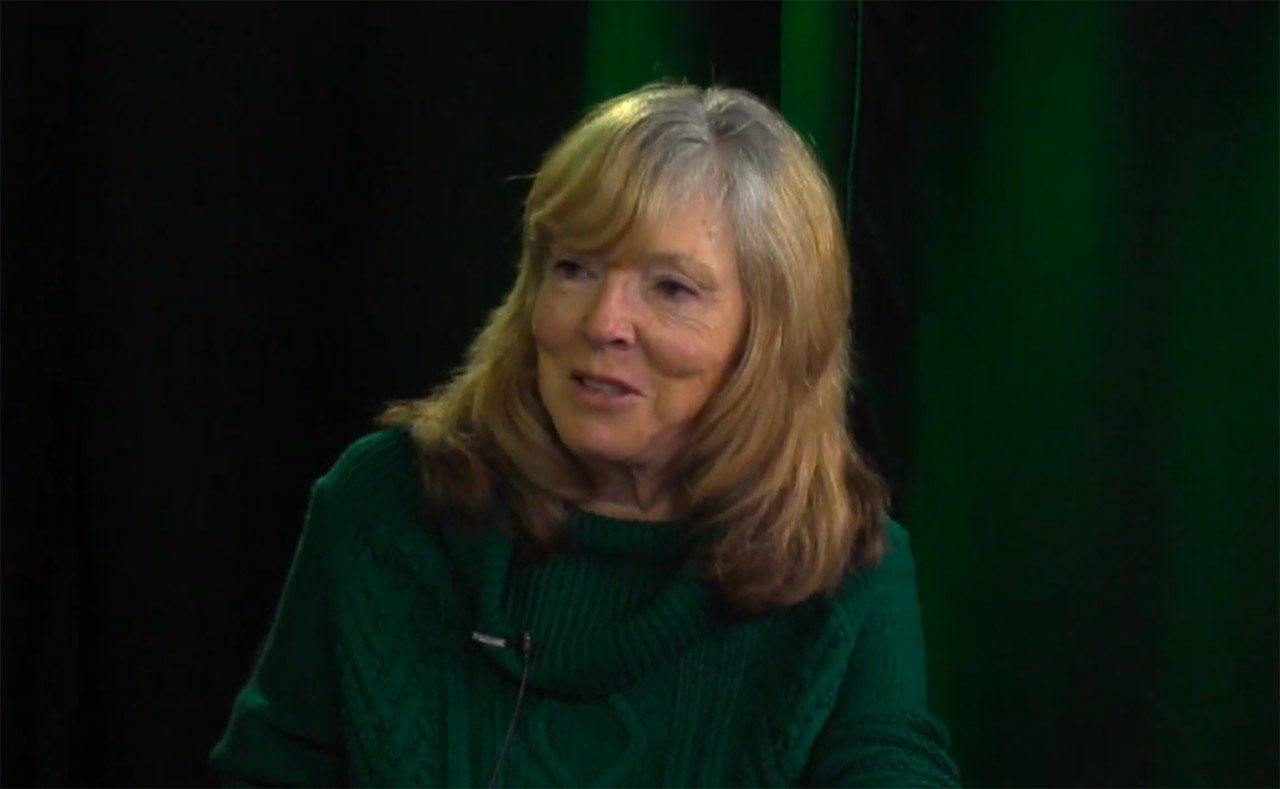
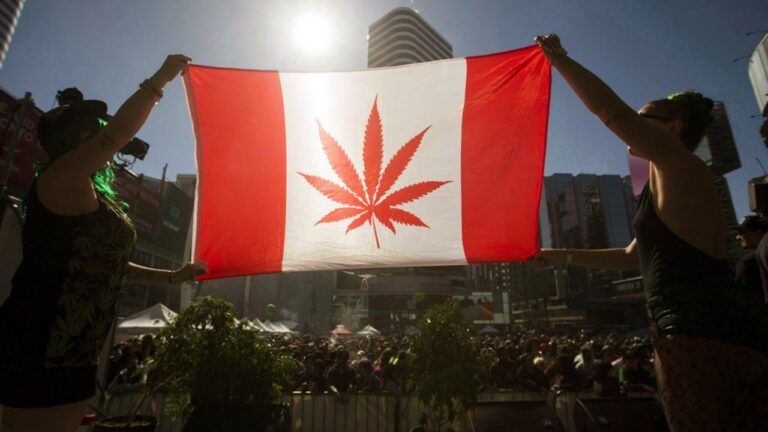
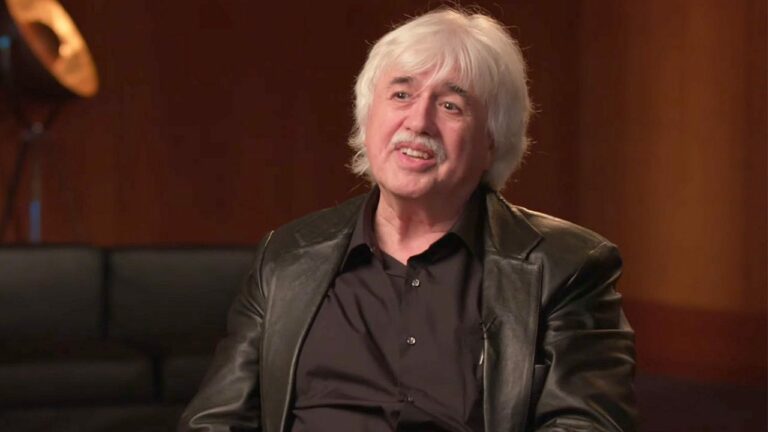
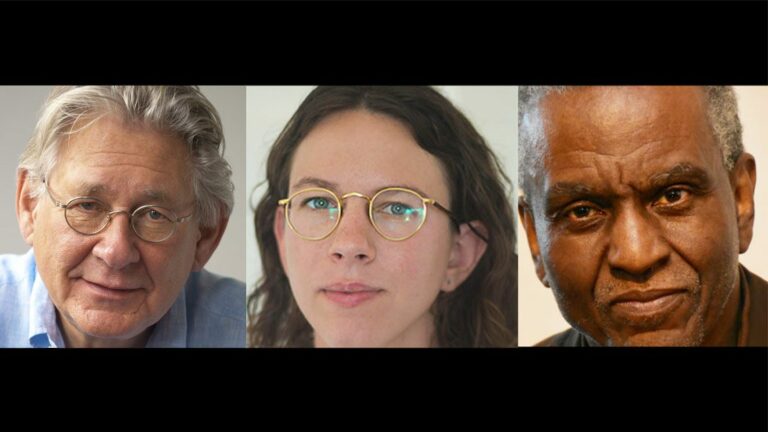
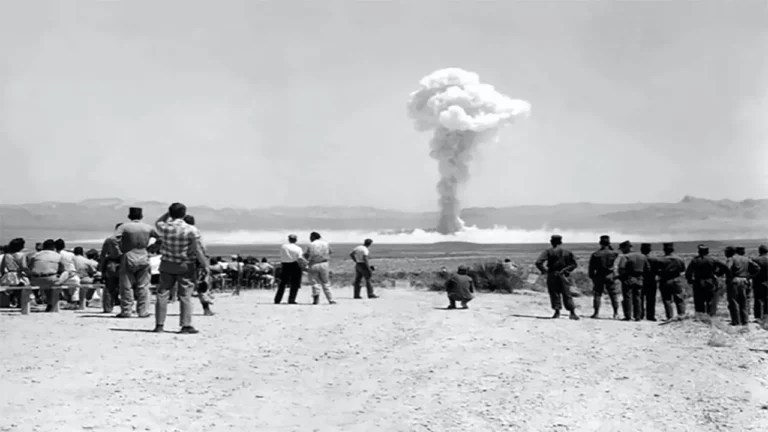
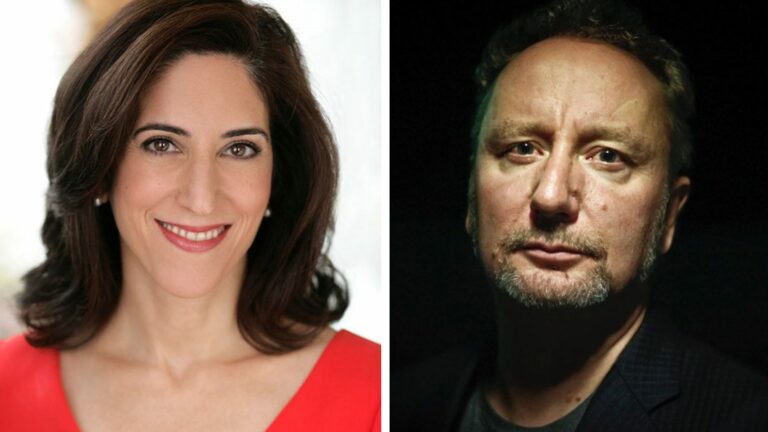
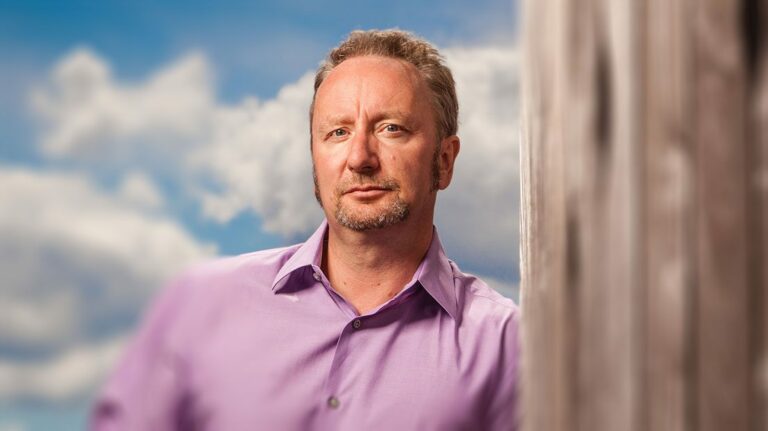
All Governments and Nations of the world must take back their Sovereign rights that enable them to create their own supply of domestic, Interest free, Debt free, Social Capital; American State North Dakota still does this and they are free of the financial woes depressing the rest. The creation of money and credit must be returned to our Democratic Parliament; Private Banks, Corporations and Financial Institutions, must not control this important economic function.
This first step eliminates untold quanta of inflation (rising prices)and Government debt.
Every Sovereign independent Nation, or co-operating group of Nations, will then use this Social Capital to totally eliminate Poverty and deprivation in their communities by issuing to all that need it a Social Wage, structured to provide a basic break even living standard, a wage that will continue until death. The first duty of Government is to take care of it’s population; A Government controlled and issued Social Wage is the only way to successfully do it.
The Government will finance all conceivable Public Support and Infrastructures, Health, Housing, Education, etc.
The Capital so created will be the sole means of financing the Nations Money Supply. This will become a “trickle Up” economy, replacing the nonsense and fraud of trickle down.
No Capital or subsidy will go to Private Enterprise directly, for if it did it would cause serious inflation (in both currency and rising prices). Capital created, issued, and “spent” directly into circulation, as described above, would not create inflation (rising prices).
There would be no interference with Private Free Enterprise. The Private Sector could employ those in receipt of the Social Wage by offering wages, conditions, and hours of employment capable of inducing people to do the work offered; the wage so earned would supplement the Social Wage, not replace it. Thus inducing mutually agreed working conditions at much lower wage costs to employers. This will create a community of independent wage earners , no longer working as wage slaves, always in fear of job loss and penury. Will this not negate the export of jobs to China etc.?
Thus far no or very little taxpayer money has been expended. The burden of support for the poor and the provision of social and community infrastructure has been lifted from the backs of Corporate enterprise and the wealthy.
Control of Social provision has passed out of the hands of those not willing to vote for higher taxation to facilitate it. Working people are no longer at the total mercy of Market forces, that all too often deprive them of livelihood and take away hard won assets such as homes and pension funds. Working people can more easily change employment to escape unsatisfactory masters and conditions.
Price and cost inflation will be substantially reduced by ceasing tax collections from wage and salary earners. Instead individuals will pay tax only once, and that when they are deceased, when the taxman will be empowered to asses deceased estates for tax liability. Avoidance will place the whole estate in danger of confiscation. Is there a better time to pay tax other than when we are dead?
Corporations and all other commercial enterprise will pay an annual flat rate tax levied against total net profits. Avoidance, Tax Havens, and imaginative minimisation schemes will not be allowed. Tax allowances will be strictly limited to running,overheads and development expenditures.
Government will not subsidise free enterprise, this great engine, by it’s own rules, must stand or fall on it’s own merits, utilising it’s own Capital, raised through the “Markets”.
The value of Sovereign currencies for international purposes will be decided by co-operating Governments, taking into account the requirements concomitant with considerations related to employment levels and relative standards of living between co-operating Nations, and by Supply and Demand balancing. Exchange rates will be fixed, stable, out of the influences of manipulators and traders, and other market manipulators.
There is much more to be said in explanation, however your own knowledge and experience will enable you to foresee the many attributes such a system delivers. My title for it is “THE UNIVERSAL ECONOMY” for it will work anywhere and for every person, fairly and equitably.
A very small “coterie” of Bankers and money power people is holding the world to ransom, they spend untold quanta of money spreading lies about the evils of Social Capital, and the “Printing” of money, for their own narrow self interested purposes; populations around the world are in mortal danger because they are at mercy and threat of money lenders and commodity traders, or dire poverty, somehow the money power must be diluted.This dilution will come about when we elect independent politicians who will stop our representative system from being dominated by Corporate and private billionaire funding, intended to create and bend the World to their selfish undemocratic intentions; often requiring many death sacrifices, violent destructive War, resource theft , and all without regard for human-rights and the general well-being of innocent civilian populations. We need to change our system from being “representative” to being one of “participatory”; and return the Economy to one operating on sound money. This formula, most importantly,takes care of the constantly increasing costs due to population growth and other demographics.
Have you read this far? then you have my thanks, your commentary would also be most appreciated.
There is a growing movement in the U.S. to establish public banks at the state level. California has already passed AB 857 (the California Public Banking Act), which makes it the first state to permit the chartering of municipal public banks.